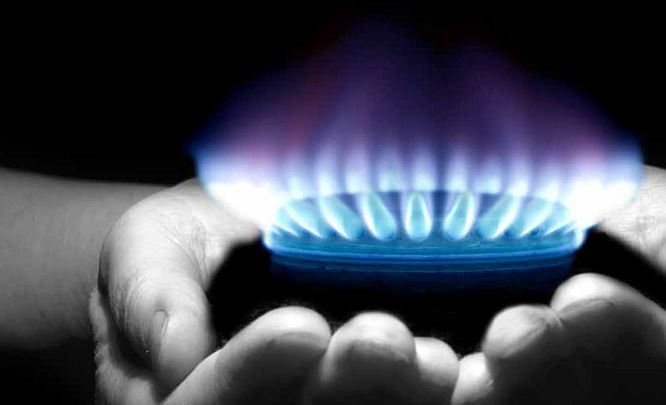17 Nov 2016

The latest World Energy Outlook report forecasts a 50 per cent increase in demand for natural gas over the next 25 years.
The report, released by the International Energy Agency (IEA) overnight, confirms natural gas will remain an indispensable part of the global energy mix for decades as we move to a low-carbon future.
“Far from falling, demand for natural gas is forecast to increase by 50 per cent by 2040, increasing its share of global energy demand from 21 per cent today to 24 per cent,” said APPEA Chief Executive Dr Malcolm Roberts.
“The IEA also expects liquefied natural gas (LNG) exports will eventually overtake pipeline gas as the main form of long-distance trading.
“This is very good news for Australia. Our $200 billion investment in new LNG plants is set to supply a growing global market over the next 25 years. Australians will see a steady stream of high-paying jobs, export dollars and revenue for governments for decades to come.
“However, it is vital that governments heed the IEA’s warning that long-term investment in developing new oil and gas reserves is crucial to meet growing demand and replace declining production.
“In an extremely competitive global market, Australia cannot expect to attract further investment while unjustified political restrictions on gas development remain in place.
Dr Roberts said the COAG Energy Council’s independent review of energy security in the national electricity market must take into account the latest data from the World Energy Outlook.
“Retaining sufficient gas-fired plant to provide for immediate back-up when renewable output falls or demand spikes is essential for reliable energy supply,” he said.
“To support that gas-fired generation, we need to see more development of new gas resources in eastern Australia. More gas supply and more gas suppliers will deliver greater energy security, enhance competition and put downward pressures on prices.”
Highlights from this year’s World Energy Outlook include:
- Oil and gas together will account for more than half of all global energy consumption in 2040. Oil is the largest source of energy (27 per cent) share and gas second (24 per cent) in 2040.
- Gas is forecast to remain the fastest-growing fossil fuel to 2040, with an annual growth rate of 1.5 per cent.
- Oil demand is expected to grow at an annual rate of 0.4 per cent to 2040, with peak demand not expected before 2040.
- By 2040, gas demand is forecast to have increased by 50 per cent to 5.2 trillion cubic metres (tcm), accounting for almost a quarter of global energy demand.
- Inter-regional gas trade is forecast to increase by 70 per cent, with a shift in trade flows towards the Asia-Pacific basin.
- 130 billion cubic metres (bcm) of LNG liquefaction capacity is under construction, 85 per cent of which is in Australia and the USA.
- China, India and the Middle East are the main centres of gas demand growth to 2040, with demand increasing by 221 per cent, 278 per cent and 82 per cent respectively.
- Overcapacity in the LNG market is forecast to be absorbed by mid 2020s, opening up new investment opportunities.
- IEA estimates US $9.4 trillion of investment is needed in global gas supply to 2040 to ensure secure and reliable supply.
The 2016 World Energy Outlook can be found here.
Media Contact

